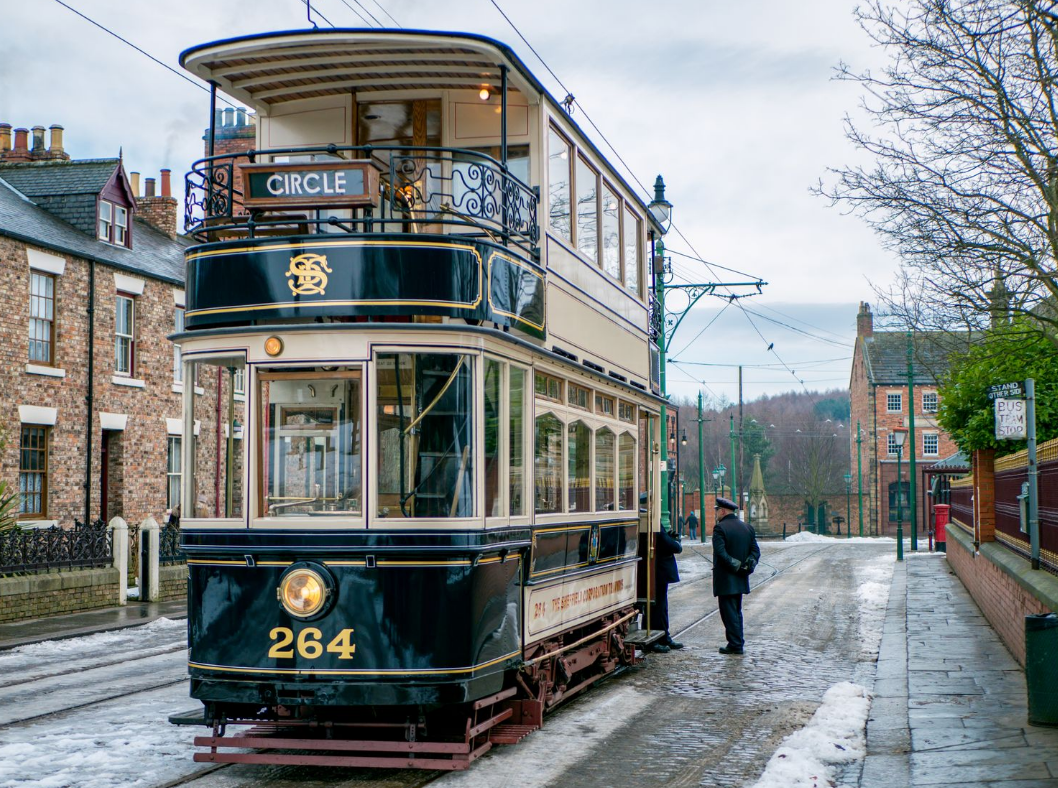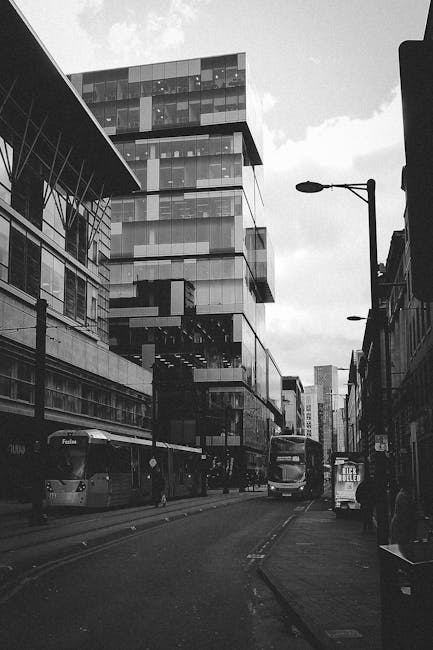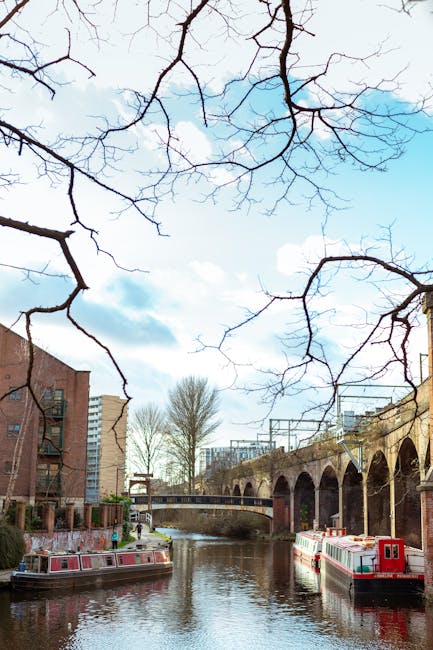Manchester’s Tram: A Historical Overview
Manchester’s tram system, known as the Metrolink, is an integral part of the city’s transportation network. It has a rich history that dates back to the early 19th century. This blog post will take you through the fascinating journey of Manchester’s tram, from its inception to its current state. Whether you are a local resident, a visitor, or simply a history enthusiast, this comprehensive overview will provide you with valuable insights into the evolution of Manchester’s tram system.
Early Beginnings: The Horse-Drawn Era
The history of trams in Manchester began in the early 19th century. The first horse-drawn trams made their debut in 1877, operated by the Manchester Carriage and Tramways Company. These trams were a revolutionary mode of transport, offering an efficient and affordable way to travel across the city. The network quickly expanded, and by 1901, there were over 100 miles of tram tracks in Manchester.
The Advent of Electric Trams
The early 20th century witnessed a significant transformation in Manchester’s tram system. The introduction of electric trams in 1901 marked the beginning of a new era. Electric trams were faster, more reliable, and could carry more passengers compared to their horse-drawn predecessors. This led to a rapid expansion of the network, with new routes being added to connect various parts of the city. By 1930, Manchester had one of the largest electric tram networks in the UK, with over 200 miles of track.
The Decline and Closure of the Tram System
Despite its success, the mid-20th century saw a decline in the popularity of trams. The rise of motor vehicles and buses offered more flexible and convenient transportation options. This led to a gradual reduction in tram services, and by 1949, the tram network in Manchester was officially closed. The last tram ran on January 10, 1949, marking the end of an era.
The Intervening Years
Following the closure of the tram system, Manchester relied heavily on buses and private vehicles for transportation. The city’s roads became increasingly congested, leading to calls for a more efficient and sustainable mode of transport. The idea of reintroducing trams began to gain traction in the 1980s, driven by the need to reduce traffic congestion and pollution in the city.
The Rebirth: Introduction of Metrolink
The dream of reviving Manchester’s tram system became a reality in 1992 with the launch of the Metrolink. The Metrolink was the UK’s first modern light rail system, designed to provide a fast, reliable, and environmentally-friendly mode of transport. The initial phase connected Bury and Altrincham with Manchester city centre, covering a distance of 19 miles. The system was an instant success, attracting thousands of passengers and prompting further expansion.
Expansion and Modernization
Since its inception, the Metrolink has undergone several phases of expansion. The network now spans over 60 miles, with 99 stops connecting various parts of Greater Manchester. The introduction of new lines, such as the Airport line and the Trafford Park line, has significantly enhanced connectivity and accessibility. The Metrolink has also embraced technological advancements, with modern trams equipped with features such as free Wi-Fi, real-time passenger information, and improved accessibility for people with disabilities.
The Impact of Metrolink on Manchester
The Metrolink has had a profound impact on Manchester, transforming the way people travel and shaping the city’s urban landscape. Here are some key benefits of the Metrolink:
- Reduction in Traffic Congestion: The Metrolink has provided an alternative to car travel, helping to reduce traffic congestion and improve air quality in the city.
- Economic Growth: Improved connectivity has spurred economic growth, attracting businesses and investment to areas served by the Metrolink.
- Environmental Benefits: The Metrolink is an environmentally-friendly mode of transport, contributing to Manchester’s efforts to reduce carbon emissions and promote sustainable development.
- Social Inclusion: The Metrolink has enhanced accessibility, making it easier for people to reach key destinations such as hospitals, schools, and employment centres.
Future Developments
The future of the Metrolink looks promising, with several exciting developments in the pipeline. Plans are underway to extend the network further, with proposals for new lines and additional stops. There is also a focus on integrating the Metrolink with other modes of transport, such as buses and cycling, to create a seamless and efficient transportation system. The introduction of smart ticketing and contactless payment options is expected to enhance the passenger experience and make travel more convenient.
Conclusion
The history of Manchester’s tram system is a testament to the city’s commitment to innovation and progress. From the horse-drawn trams of the 19th century to the modern Metrolink, the tram system has evolved to meet the changing needs of the city and its residents. As Manchester continues to grow and develop, the Metrolink will play a crucial role in shaping the future of transportation in the city.
Whether you are a regular commuter, a history buff, or someone interested in urban development, the story of Manchester’s tram system offers valuable insights and inspiration. As we look to the future, the continued expansion and modernization of the Metrolink will ensure that it remains a vital part of Manchester’s transportation network for years to come.





